WONDER CITY OSAKA
If you were to attempt to sum up the city of Osaka in a single phrase, the answer “nothing but everything” wouldn’t be entirely wrong. It’s difficult to find one landmark that symbolizes the city of Osaka, although a treasure trove of candidates is available. Here, we will introduce just a few highlights.
Air of Culture: Osaka Castle

Regarded as one of the most important Japanese castles along with Himeji Castle and Kumamoto Castle, Osaka Castle is closely associated with Osaka’s culture and history. It was built by military and political leader Toyotomi Hideyoshi (1536-1598), who is said to be one of the original masters of castle construction. The castle was constructed in the framework of the Azuchi-Momoyama era (1573-1598). After Hideyoshi’s heirs were defeated in the summer war of the Siege of Osaka (1615), the ruling Tokugawa government oversaw the castle’s reconstruction. Portions of the castle buildings that burned in the Second World War were subsequently restored by the government. Nonetheless the castle’s present form, surrounded by a modern and prosperous city, makes it a little difficult to imagine the scope of its grandeur in bygone days.
View of Osaka: The Floating Garden Observatory
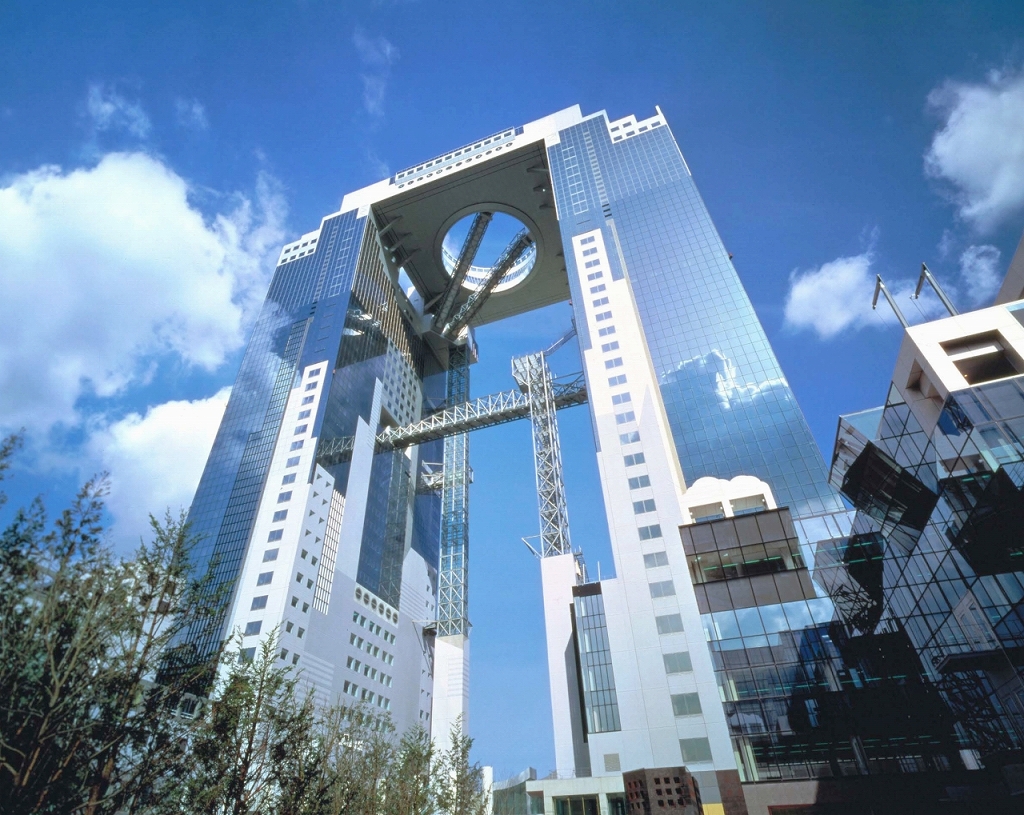
The 173-meter-high Osaka Sky Building, with 40 floors above ground, was the world’s first conjoined skyscraper. On its top conjoined floor is a hanging garden which is the perfect place to get full view of Osaka night or day. Not only is the view from the top impressive, but the view of its conjoined form from the ground is also impressive, gathering praise from abroad. The spot has even been selected for inclusion in the Michelin Guide to Japan.
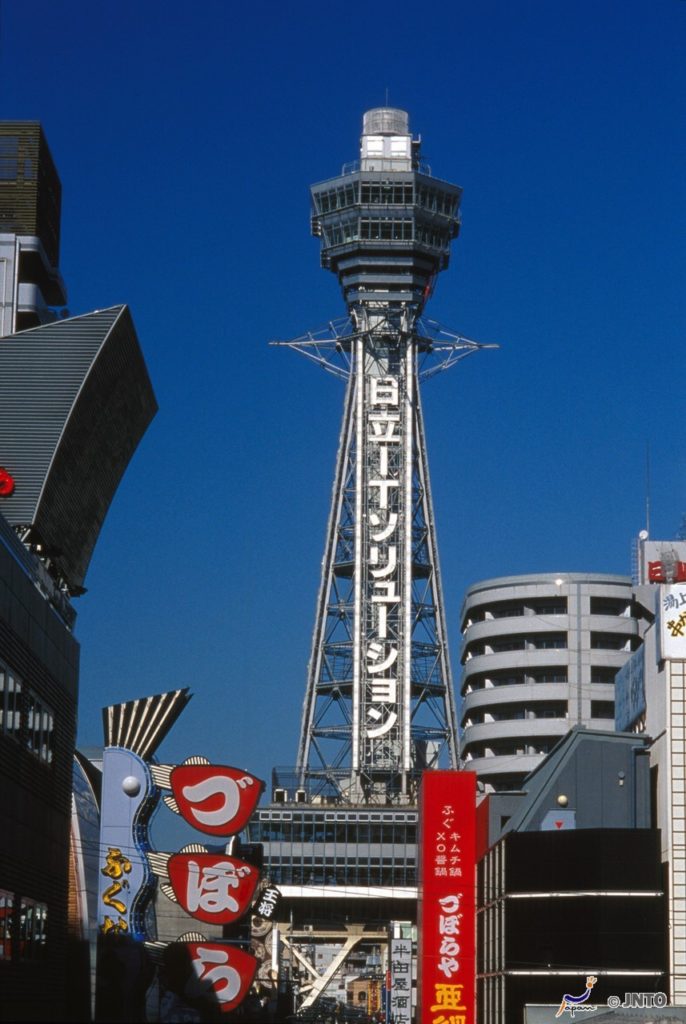
Tsuutenkaku tower in Shinsekai, Osaka 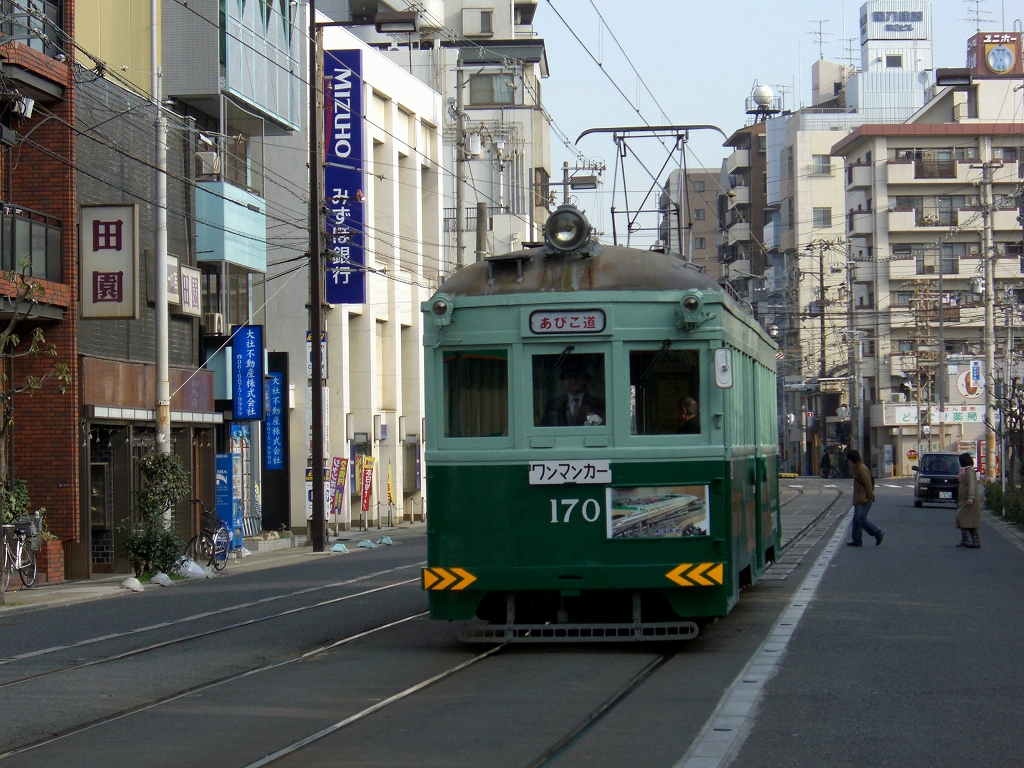
Street car, tram in Osaka 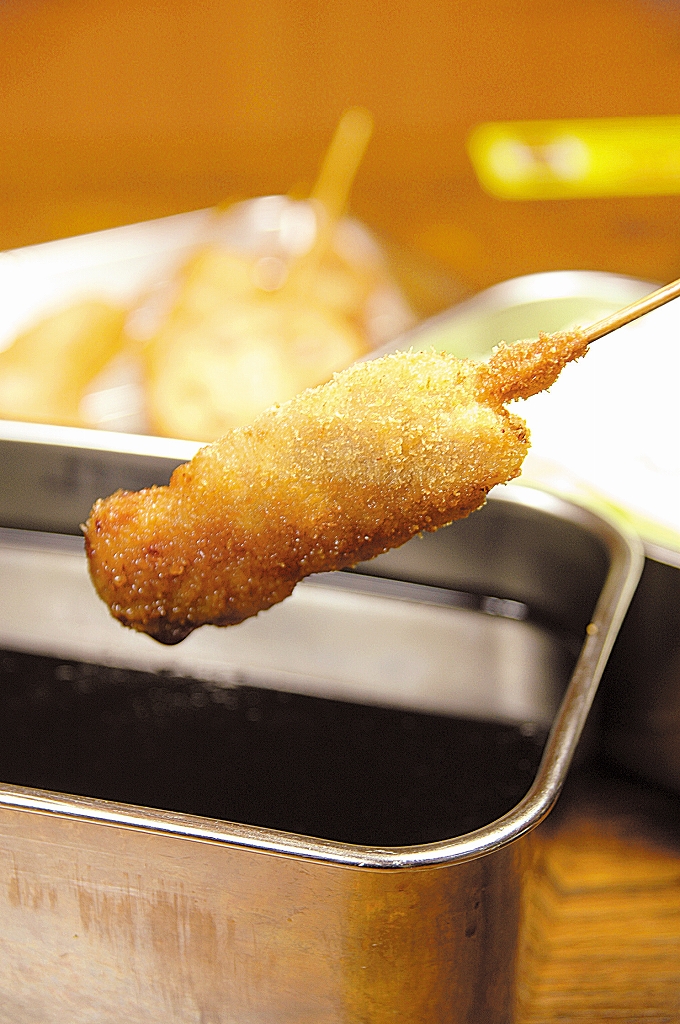
Fried something on a skewer 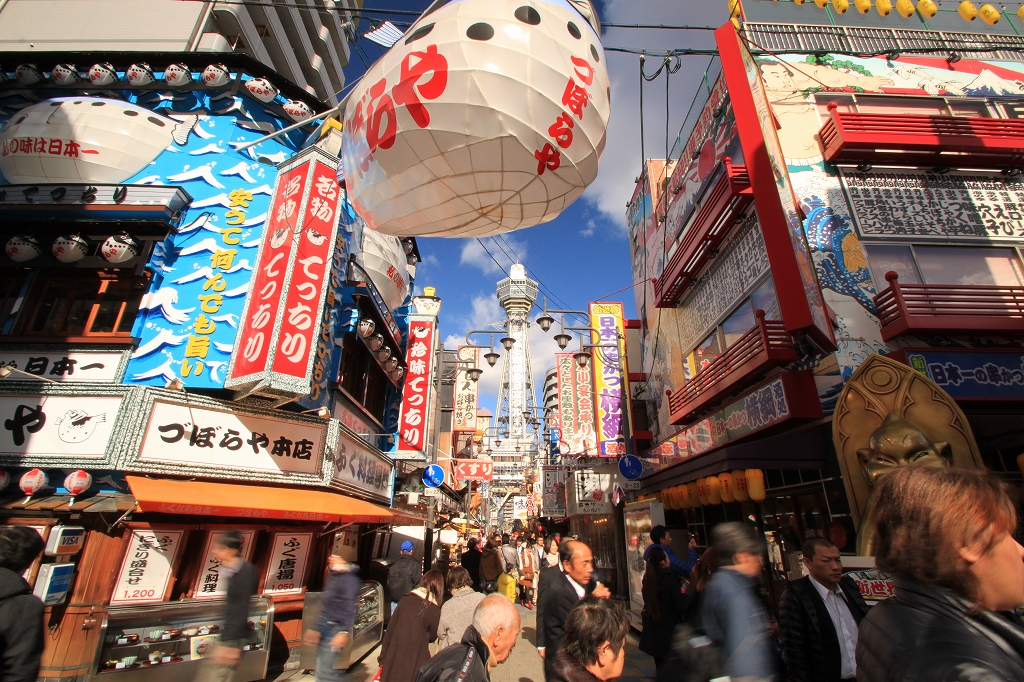
Shinsekai district in Osaka
Experience Life in Osaka To experience life in Osaka, we recommend a visit to South Osaka. It is a city where one can experience the increasingly rare street cars and Osaka’s native food culture. In particular, a streetcar ride between Sumiyoshi Taisha and the town of Ebisu really gives the visitor the sense of Osaka in the old days. Also around Tsutenkaku Tower in the Shinsekai district, the streets are lined with vendors selling kushikatsu (deep-fried pork cutlets on a skewer), and visitors can walk around the neighborhood while enjoying a snack. A “no double dipping” rule unique to Osaka applies when for kushikatsu, and those who violate the rule by sticking their food into the hand-crafted sauce a second time will have to make a run for it or incur the shop owner’s wrath! The tasty snacks are an amazingly good value for money.



0件のコメント